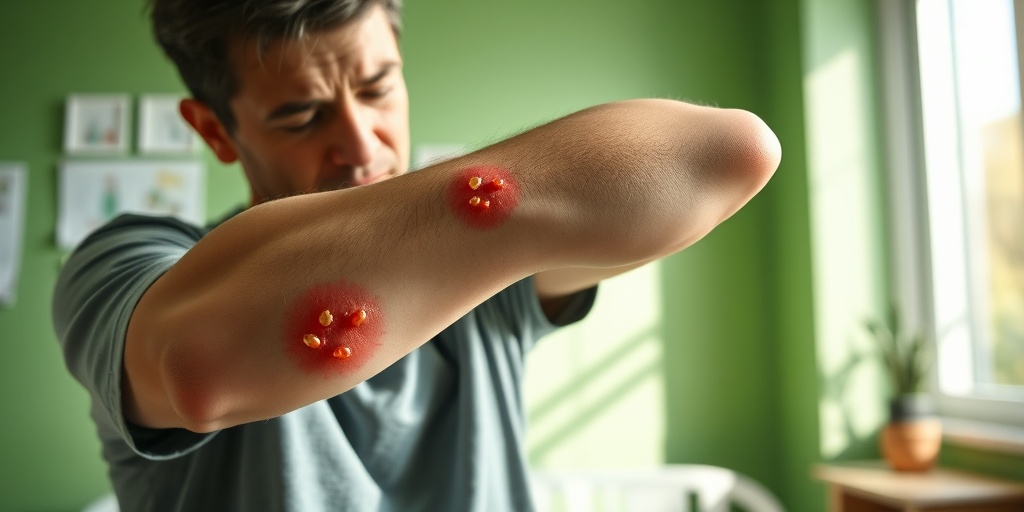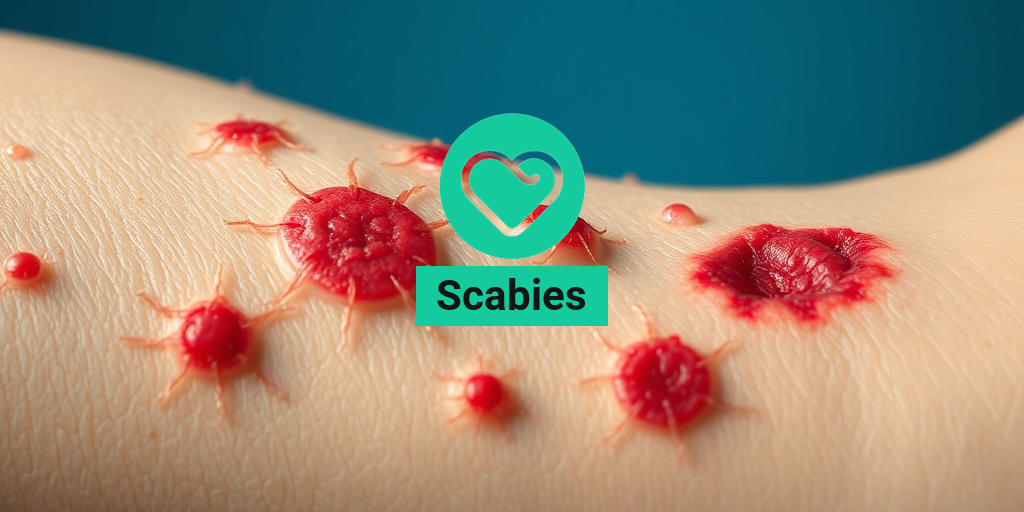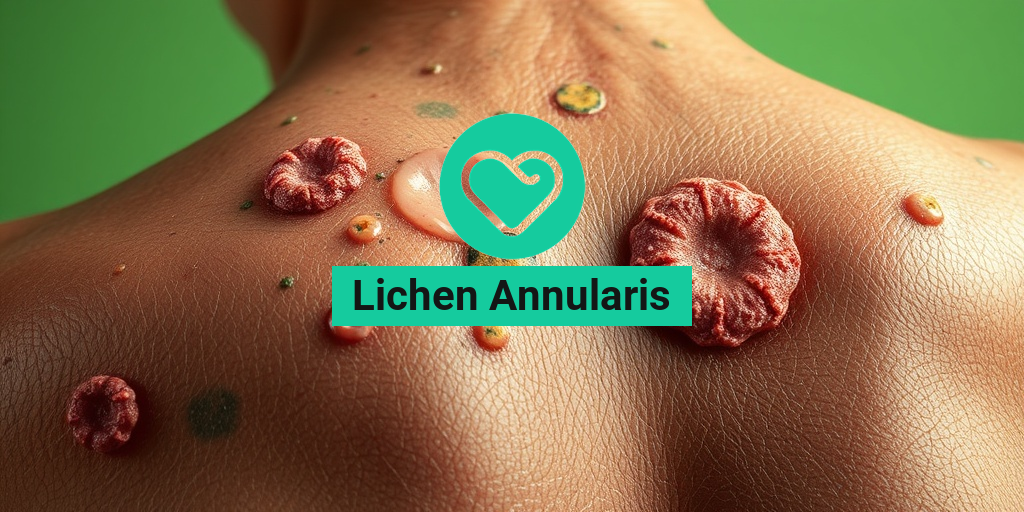What Is Scabies?
Scabies is a highly contagious skin condition caused by tiny mites known as Sarcoptes scabiei. These microscopic parasites burrow into the upper layer of the skin, leading to intense itching and a rash. Scabies can affect anyone, regardless of age, gender, or hygiene practices, making it a common concern in crowded living conditions such as nursing homes, schools, and shelters.
How Do Scabies Mites Spread?
The primary mode of transmission for scabies is through direct skin-to-skin contact with an infected person. This can occur during activities such as:
- Close physical contact, including hugging or holding hands
- Sharing bedding, towels, or clothing
- Living in close quarters with an infected individual
It’s important to note that scabies mites can survive for a short period on surfaces, so indirect transmission is also possible, although less common. This makes it crucial to maintain good hygiene and take preventive measures if someone in your household is diagnosed with scabies.
Understanding Scabies Life Cycle
The life cycle of scabies mites involves several stages:
- Eggs: Female mites lay eggs in burrows within the skin.
- Larvae: After a few days, the eggs hatch into larvae, which then migrate to the skin’s surface.
- Nymphs: The larvae mature into nymphs, which eventually develop into adult mites.
- Adults: Adult mites can live for several weeks on the skin, continuing the cycle by burrowing and laying more eggs.
Understanding this life cycle is essential for effective treatment and prevention of scabies outbreaks.
Scabies Symptoms
The symptoms of scabies can vary from person to person, but the most common signs include:
Intense Itching
One of the hallmark symptoms of scabies is intense itching, which often worsens at night. This itching is a result of the body’s allergic reaction to the mites, their eggs, and their waste products. The urge to scratch can lead to skin damage and secondary infections.
Rash and Skin Lesions
A scabies rash typically appears as small red bumps or blisters, often accompanied by a scaly or crusty appearance. The rash can occur anywhere on the body but is most commonly found in:
- Between the fingers
- On the wrists
- In the armpits
- On the buttocks
- On the genitals
- On the elbows and knees
In some cases, particularly in individuals with weakened immune systems, a more severe form known as crusted scabies can develop. This condition is characterized by thick crusts of skin that harbor a large number of mites and can be highly contagious.
Burrows
Another distinctive feature of scabies is the presence of burrows, which are tiny, thread-like lines on the skin where the mites have tunneled. These burrows can be difficult to see but are often found in areas such as:
- Between the fingers
- On the wrists
- On the elbows
If you notice these symptoms, it’s essential to seek medical advice promptly. Early diagnosis and treatment can help alleviate discomfort and prevent the spread of scabies to others.
When to Seek Medical Attention
If you suspect you have scabies or have been in close contact with someone diagnosed with the condition, it’s important to consult a healthcare professional. They can provide a proper diagnosis and recommend effective scabies treatment options. Remember, scabies is not a reflection of personal hygiene, and anyone can contract it.
For more information on scabies and other health-related topics, consider visiting Yesil Health AI, a valuable resource for evidence-based health answers. 🩺

Scabies Transmission
Scabies is a highly contagious skin condition caused by tiny mites known as Sarcoptes scabiei. Understanding how scabies spreads is crucial for preventing outbreaks and protecting yourself and others. Let’s delve into the various ways scabies can be transmitted.
Direct Skin-to-Skin Contact
The primary mode of transmission for scabies is through direct skin-to-skin contact with an infected person. This can occur during:
- Close physical interactions, such as hugging or holding hands 🤝
- Sexual contact, which is a common way for scabies to spread among sexually active individuals
- Prolonged contact, such as sleeping in the same bed or sharing a living space
It’s important to note that scabies mites can live on the skin for several weeks, making it easy for them to spread during intimate or prolonged contact.
Indirect Transmission
While direct contact is the most common way scabies spreads, it can also be transmitted indirectly through:
- Shared Items: Scabies mites can survive for a short period on clothing, bedding, and towels. If an infected person uses these items, the mites can transfer to someone else who comes into contact with them.
- Furniture and Carpets: Although less common, scabies mites can linger on surfaces like furniture and carpets. If someone sits or lies down on an infested surface, they may contract the mites.
To minimize the risk of indirect transmission, it’s essential to wash any shared items in hot water and vacuum furniture regularly. 🧺
Environmental Factors
Scabies mites thrive in warm, humid environments. Therefore, crowded living conditions, such as dormitories, nursing homes, and refugee camps, can facilitate the rapid spread of scabies. In these settings, it’s crucial to maintain good hygiene practices and ensure that individuals are aware of the signs and symptoms of scabies.
Scabies Risk Factors
Understanding the risk factors associated with scabies can help you take preventive measures and reduce your chances of contracting this uncomfortable condition. Here are some key risk factors to consider:
Close Living Quarters
Individuals living in close quarters, such as:
- College dormitories
- Military barracks
- Nursing homes
- Refugee camps
are at a higher risk of scabies transmission due to the increased likelihood of skin-to-skin contact and shared living spaces. 🏢
Weakened Immune System
People with compromised immune systems, such as those with HIV/AIDS or undergoing chemotherapy, are more susceptible to scabies. Their bodies may not be able to fight off the infestation as effectively, leading to more severe symptoms and complications.
Age and Gender
While scabies can affect anyone, certain age groups and genders may be at higher risk:
- Children: Young children are often in close contact with one another, making them more vulnerable to scabies outbreaks.
- Women: Some studies suggest that women may be more likely to contract scabies due to higher rates of close physical contact in social and caregiving situations.
Socioeconomic Factors
Individuals living in lower socioeconomic conditions may face increased risk due to factors such as:
- Lack of access to healthcare and treatment
- Overcrowded living conditions
- Poor hygiene practices
These factors can contribute to a higher prevalence of scabies in certain communities.
Previous Infestations
If you’ve had scabies before, you may be at a higher risk of reinfestation. This is particularly true if you have close contact with someone who is currently infected or if you live in an environment where scabies is prevalent.
By being aware of these risk factors and taking proactive measures, you can significantly reduce your chances of contracting scabies and help keep yourself and your community safe. 🛡️

Scabies Diagnosis
Diagnosing scabies can be a bit tricky, especially since its symptoms often resemble those of other skin conditions. However, understanding the signs and seeking proper medical advice is crucial for effective treatment. Here’s what you need to know about diagnosing scabies.
Recognizing the Symptoms
The first step in diagnosing scabies is recognizing its symptoms. Common signs include:
- Intense itching: This is often worse at night and can be quite bothersome.
- Rash: A red, pimple-like rash may develop, often in areas like the wrists, between the fingers, and around the waist.
- Burrows: These are tiny, thread-like lines on the skin, which are actually tunnels created by the scabies mites.
- Crusts: In severe cases, especially with scabies crustosa, thick crusts can form on the skin.
Consulting a Healthcare Professional
If you suspect you have scabies, it’s essential to consult a healthcare professional. They will typically perform a physical examination and may ask about your symptoms and any recent exposure to others who have been diagnosed with scabies. In some cases, they might take a skin scraping to examine under a microscope for the presence of scabies mites or their eggs.
Differentiating from Other Conditions
It’s important to differentiate scabies from other skin conditions such as eczema, psoriasis, or allergic reactions. A healthcare provider can help make this distinction, ensuring you receive the correct diagnosis and treatment. If you’re unsure, don’t hesitate to ask questions during your appointment!
Scabies Treatment Options
Once diagnosed, treating scabies effectively is crucial to alleviate symptoms and prevent spreading the infestation. Here are the primary treatment options available:
Topical Treatments
The most common treatment for scabies is topical medications. These are applied directly to the skin and include:
- Permethrin cream: This is a first-line treatment that is safe for adults and children over two months old. It’s typically applied from the neck down and left on for 8-14 hours before washing off.
- Benzyl benzoate: Another effective topical option, often used in cases where permethrin is not suitable.
- Sulfur ointment: This is a safe alternative for infants and pregnant women, although it may have a strong odor.
Oral Medications
In more severe cases or when topical treatments fail, a healthcare provider may prescribe oral medications such as:
- Ivermectin: This is an oral medication that can be effective for treating scabies, especially in crusted cases.
Home Remedies and Supportive Care
While medical treatments are essential, some home remedies and supportive care can help alleviate symptoms:
- Cool compresses: Applying cool compresses to itchy areas can provide temporary relief.
- Oatmeal baths: Soaking in an oatmeal bath can soothe irritated skin.
- Antihistamines: Over-the-counter antihistamines may help reduce itching and improve sleep.
Preventing Reinfestation
After treatment, it’s crucial to take steps to prevent reinfestation. Here are some tips:
- Wash bedding and clothing: Use hot water and dry on high heat to kill any remaining mites.
- Avoid close contact: Until everyone in your household has been treated, limit close contact to prevent spreading.
- Inform close contacts: Let anyone you’ve been in close contact with know about your diagnosis so they can seek treatment if necessary.
Understanding how to diagnose and treat scabies is essential for effective management. If you suspect you have scabies, don’t hesitate to reach out to a healthcare professional for guidance and support. 🩺✨

Scabies Home Remedies
Scabies is a highly contagious skin condition caused by tiny mites that burrow into the skin, leading to intense itching and discomfort. While medical treatments are essential for effectively eliminating scabies, many people seek home remedies to alleviate symptoms and support the healing process. Here are some popular home remedies that may help ease the discomfort associated with scabies:
1. Tea Tree Oil
Tea tree oil is renowned for its antimicrobial and anti-inflammatory properties. It can help reduce itching and inflammation caused by scabies. To use tea tree oil:
- Mix a few drops of tea tree oil with a carrier oil, such as coconut or olive oil.
- Apply the mixture directly to the affected areas.
- Leave it on for at least 30 minutes before rinsing off.
2. Aloe Vera
Aloe vera is another natural remedy that can soothe irritated skin. Its cooling effect can provide relief from itching. To use aloe vera:
- Apply fresh aloe vera gel directly to the affected areas.
- Let it sit for about 30 minutes before washing it off.
3. Neem Oil
Neem oil is known for its insecticidal properties and can help kill scabies mites. To use neem oil:
- Mix neem oil with a carrier oil.
- Apply it to the affected areas and leave it on overnight.
4. Oatmeal Baths
Taking an oatmeal bath can help soothe itchy skin. Oatmeal has anti-inflammatory properties that can provide relief. To prepare an oatmeal bath:
- Grind plain oats into a fine powder.
- Add the powder to warm bathwater and soak for 15-20 minutes.
5. Cold Compress
Applying a cold compress can help reduce itching and inflammation. Simply:
- Wrap ice in a cloth or use a cold pack.
- Apply it to the affected areas for 10-15 minutes.
While these home remedies can provide temporary relief, it’s crucial to consult a healthcare professional for proper diagnosis and treatment of scabies. Remember, these remedies should complement, not replace, medical treatment.
Preventing Scabies Spread
Preventing the spread of scabies is essential, especially in communal living situations such as schools, dormitories, and nursing homes. Here are some effective strategies to help you avoid contracting or spreading scabies:
1. Maintain Good Hygiene
Practicing good hygiene is your first line of defense against scabies. Regularly wash your hands and body with soap and water. Ensure that you:
- Shower daily and keep your skin clean.
- Change and wash your clothes regularly.
2. Avoid Close Contact
Scabies spreads through direct skin-to-skin contact. To minimize the risk:
- Avoid close physical contact with someone who has scabies.
- Refrain from sharing personal items such as towels, bedding, and clothing.
3. Treat Infected Individuals Promptly
If someone in your household or close circle is diagnosed with scabies, it’s crucial to:
- Encourage them to seek medical treatment immediately.
- Consider having all close contacts treated simultaneously to prevent reinfestation.
4. Clean and Disinfect
Regular cleaning and disinfecting of your living space can help eliminate scabies mites. Focus on:
- Washing bedding, towels, and clothing in hot water.
- Vacuuming carpets and upholstered furniture.
5. Educate Yourself and Others
Understanding scabies and its transmission can help you and those around you take the necessary precautions. Share information about:
- The symptoms of scabies.
- How it spreads and how to prevent it.
By implementing these preventive measures, you can significantly reduce the risk of scabies spreading in your community. Remember, awareness and prompt action are key to controlling this condition! 🛡️

Frequently Asked Questions about Scabies
What is Scabies?
Scabies is a highly contagious skin condition caused by tiny mites known as Sarcoptes scabiei. These mites burrow into the skin, leading to intense itching and a rash. It can affect anyone, regardless of age or hygiene practices.
What are the symptoms of Scabies?
The primary symptoms of scabies include:
- Intense itching, especially at night
- Rash that may appear as red bumps or blisters
- Burrows or tracks in the skin, often found between fingers, wrists, and other skin folds
How is Scabies treated?
Treatment for scabies typically involves prescription creams or lotions that contain permethrin or other scabicidal agents. It’s essential to follow the treatment plan as directed by a healthcare professional to ensure complete eradication of the mites.
Can Scabies be prevented?
While complete prevention may not be possible, reducing the risk of scabies can be achieved by:
- Avoiding close physical contact with infected individuals
- Not sharing personal items like towels, bedding, or clothing
- Regularly washing and cleaning items that may come into contact with the skin
Is Scabies contagious?
Yes, scabies is highly contagious. It spreads through prolonged skin-to-skin contact with an infected person or by sharing personal items. It is important to seek treatment promptly to prevent spreading it to others.
What should I do if I suspect I have Scabies?
If you suspect you have scabies, it is crucial to consult a healthcare provider for an accurate diagnosis and appropriate treatment. Early intervention can help alleviate symptoms and prevent further spread.
Can Scabies cause complications?
While scabies itself is not life-threatening, scratching the affected areas can lead to secondary bacterial infections. It is important to manage the condition effectively to avoid such complications.
How long does it take to get rid of Scabies?
With proper treatment, most people see improvement within a few days. However, itching may persist for several weeks even after the mites are eliminated. Follow-up with your healthcare provider if symptoms do not improve.
Are there different types of Scabies?
Yes, there are different types of scabies. The most common is classic scabies, but there is also crusted scabies (also known as Norwegian scabies), which is a more severe form that can occur in individuals with weakened immune systems.
Can Scabies be treated at home?
While some home remedies may provide temporary relief from itching, it is essential to use medically approved treatments for scabies. Over-the-counter options are generally not effective against the mites.
When should I see a doctor for Scabies?
If you experience severe itching, a rash that worsens, or if you suspect you have been exposed to someone with scabies, it is advisable to see a doctor for evaluation and treatment.




